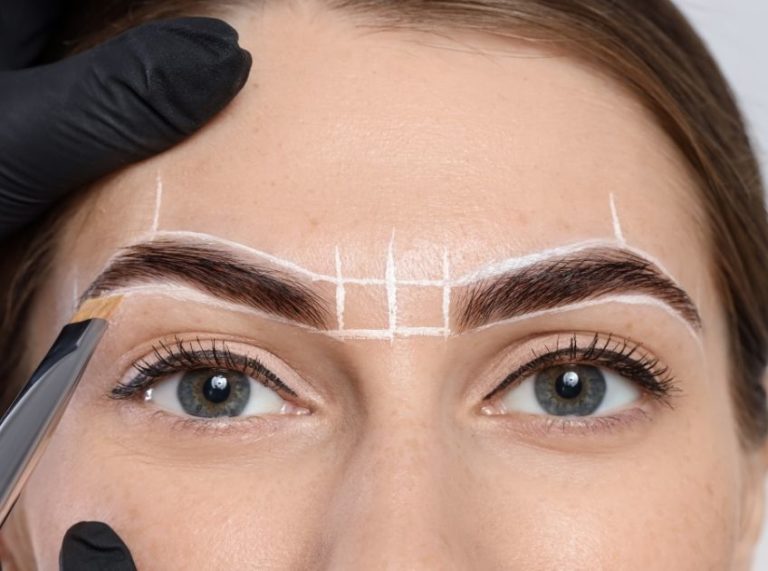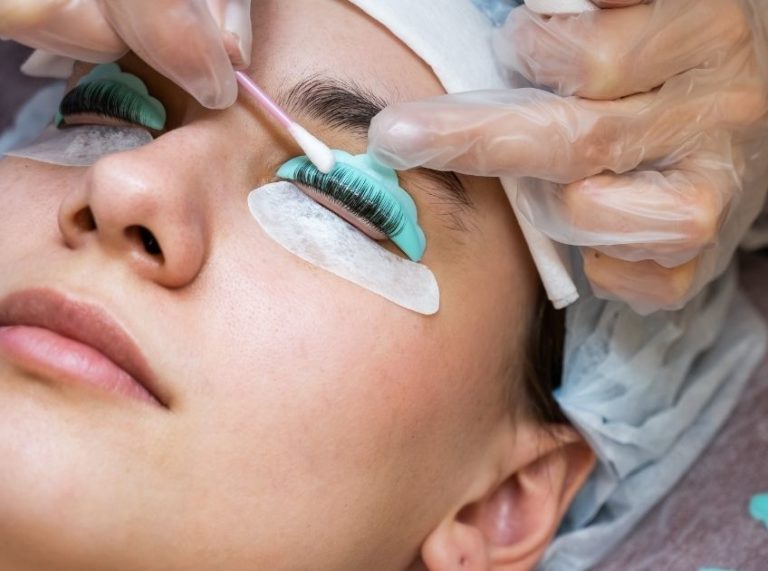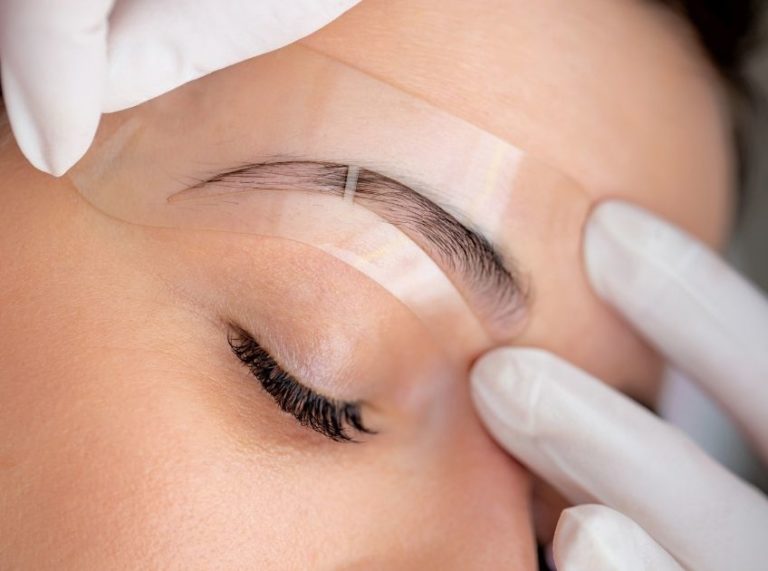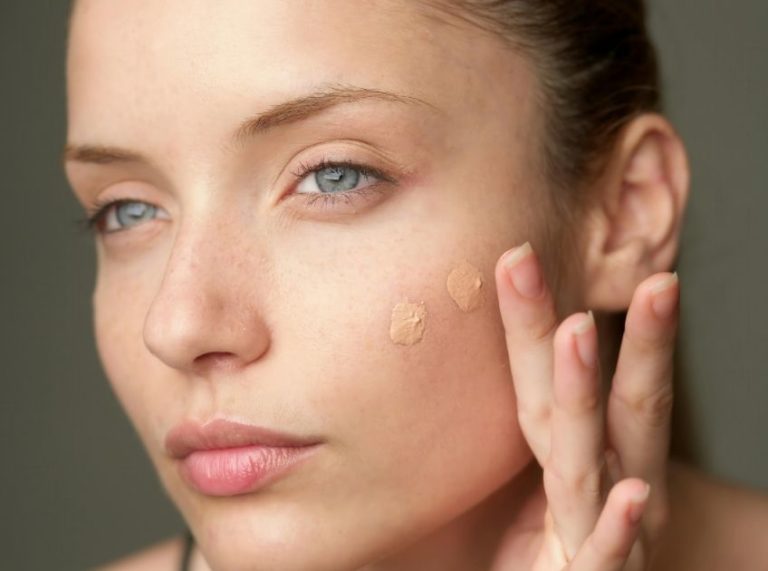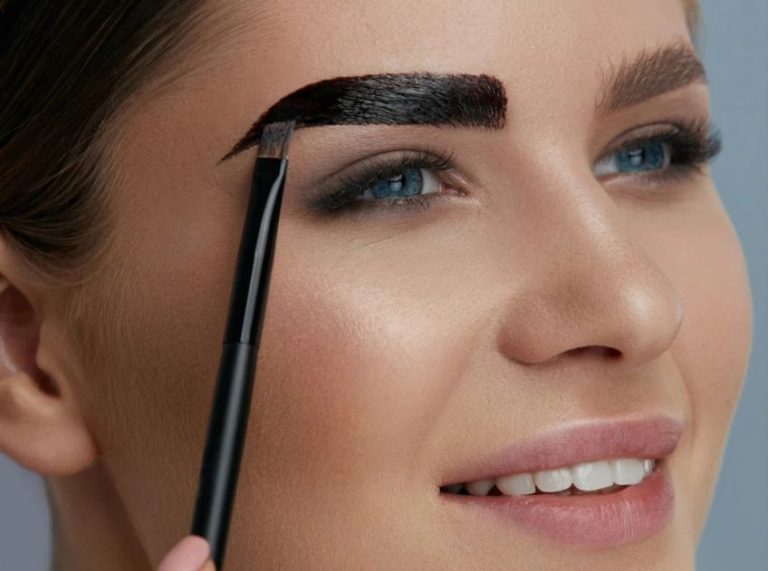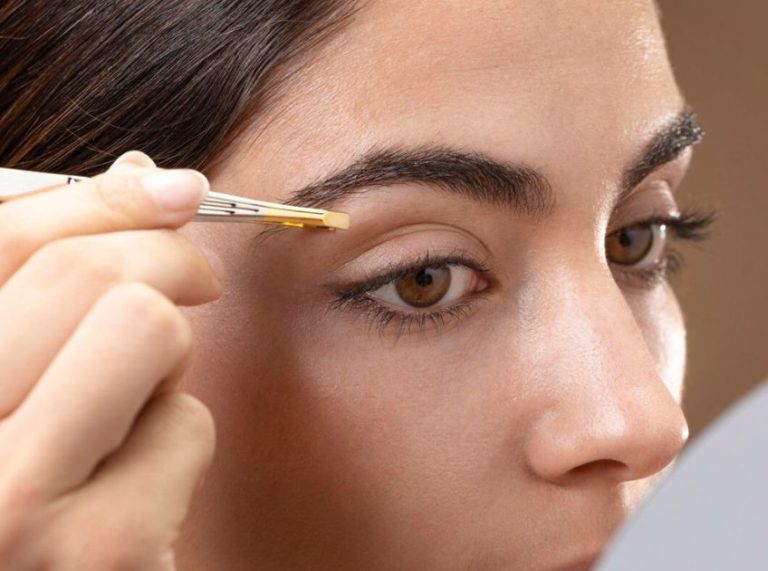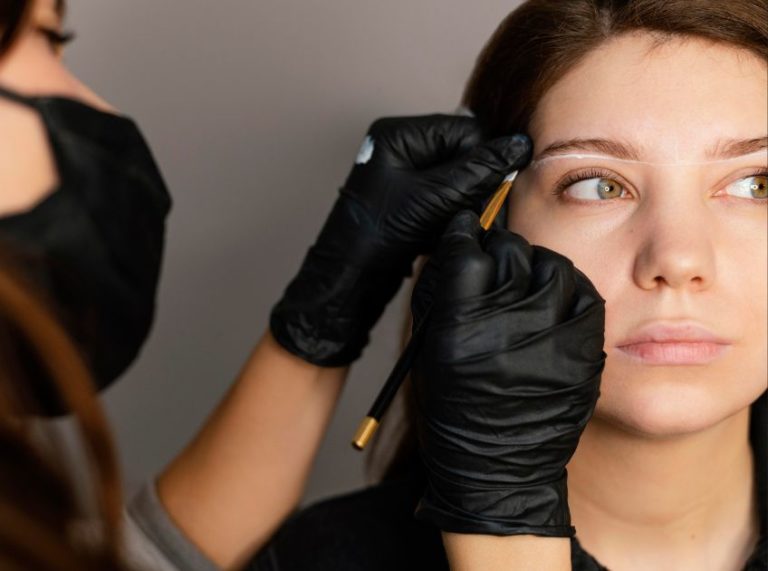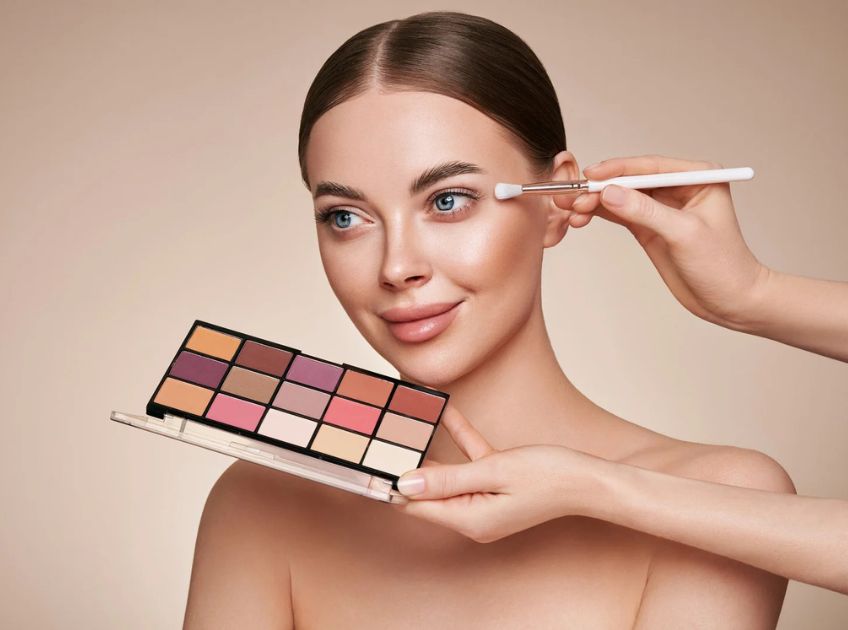
Important: This article is for informational purposes only. Please read our full disclaimer for more details.
Olive skin is one of the most versatile and captivating complexions, often characterized by neutral to warm undertones and a green or golden tint. Unlike fair or deep skin, olive complexions have a subtle mix of melanin and undertones, which can vary widely from person to person.
What makes olive skin stand out is its natural resistance to redness, sunburn, and certain pigmentation issues. Research shows that individuals with medium skin types (Fitzpatrick III–IV) produce more eumelanin, which provides some UV protection and reduces visible redness (1)(2).
But when it comes to makeup, choosing the wrong undertones can make olive skin look ashy, orange, or washed out. That’s why tailored makeup tips are essential.
Article Contains
- Finding the Right Foundation: The Olive Undertone Challenge
- Blush and Bronzer: Adding Warmth Without Overdoing It
- Eyeshadow That Enhances Olive Skin’s Depth
- Lipsticks That Complement Olive Undertones
- Highlighter Tips for a Natural Glow
- Skincare Before Makeup: The Science of Prep
- Quick Olive Makeup Routine (5 Steps)
Finding the Right Foundation: The Olive Undertone Challenge
The biggest mistake people with olive skin make? Using foundations that are too pink or too yellow. The key is to find shades labeled “neutral,” “olive,” or even “golden beige.”
Tips for Choosing a Foundation
- Look for green or neutral undertone labels
- Test shades on your jawline in natural light
- Avoid overly warm or cool shades—they clash with olive’s balance
- Brands like NARS, MAC, and Fenty Beauty offer olive-specific shades
Pro Tip: Mix two foundations (a neutral beige and a golden tan) if you can’t find the perfect match. This layering approach is common among makeup artists.
Blush and Bronzer: Adding Warmth Without Overdoing It
Olive skin can look sallow if you use the wrong blush or bronzer shades. Avoid anything too blue-toned or overly peach.
Best Blush Shades for Olive Skin
- Warm terracotta
- Coral pink
- Rosy mauve
- Burnt orange
Best Bronzers
- Golden bronze
- Soft caramel
- Copper-infused shades
Scientific Insight: Melanin-rich skin reflects different wavelengths of light, which is why warm tones complement olive skin’s natural glow better than cool ones (3).
Eyeshadow That Enhances Olive Skin’s Depth
Olive skin glows under rich, earthy tones that mimic nature. Bright pastels or silvery tones can wash out the natural warmth in your skin.
Top Eyeshadow Colors for Olive Tones
- Copper and bronze
- Warm browns and golds
- Forest green and olive
- Deep purples and plums
Avoid: Icy blues and frosty silvers—they tend to flatten your skin tone.
Pro Tip: Use metallics to bring out the golden undertones in your eyes and skin.
Lipsticks That Complement Olive Undertones
Your perfect lipstick depends on whether your olive tone leans cool, neutral, or warm. But generally, mid-range, warm shades work best.
Best Lipstick Shades
- Brick red
- Warm coral
- Peachy nude
- Mocha brown
- Berry tones (with red base)
Avoid: Blue-toned reds or cool pinks—they can create a dull or gray cast against olive skin.
Fun Fact: Olive skin naturally enhances bold lip colors, making it easier to pull off vibrant reds and deep berries without overpowering the face.
Highlighter Tips for a Natural Glow
Highlighters can either elevate your olive skin or leave you looking chalky if the wrong shade is used.
Best Highlighter Shades
- Champagne
- Rose gold
- Golden bronze
Avoid icy or pearl-white highlighters—they don’t melt seamlessly into olive skin.
Skincare Before Makeup: The Science of Prep
Healthy skin = better makeup payoff. Olive skin tends to be combination to oily, but some can also experience hyperpigmentation.
Pre-makeup Skincare Tips
- Use a gentle exfoliant like lactic acid twice a week to smooth skin texture
- Apply a hydrating serum (like hyaluronic acid) to maintain skin elasticity
- Use SPF 30+ daily to prevent sunspots and uneven tone
Study Insight: A 2020 clinical study confirmed that hyaluronic acid improves hydration across skin types, including medium and olive tones (4).
Quick Olive Makeup Routine (5 Steps)
Want an easy routine that flatters olive skin without looking overdone? Try this:
- Tinted moisturizer with olive undertones
- Bronzer + blush combo on cheeks and hairline
- Gold or bronze shadow with a smudge of brown liner
- Rose gold highlighter on cheekbones
- Brick red or peach lipstick for an effortless finish
Frequently Asked Questions (FAQ’S)
1. Can olive skin wear cool-toned makeup?
A. Yes, but sparingly. If you love a cool tone, balance it with warm accents elsewhere—like warm blush or gold highlighter—to keep your look balanced.
2. What undertones should I avoid in foundation for olive skin?
A. Avoid overly pink (cool) or overly yellow (warm) foundations. They can exaggerate olive skin’s green tone or make it appear muddy.
3. Why does some makeup turn gray or ashy on olive skin?
A. This happens when the undertones in your makeup don’t match your natural undertones. A foundation too light or cool can oxidize and appear grayish over time.
Final Thoughts: Celebrate Your Olive Glow
Olive skin is dynamic, complex, and incredibly beautiful. With the right makeup techniques and color choices, you can highlight your natural radiance without masking it. Whether you go bold or natural, understanding your skin’s unique undertones is the key to a flawless, fresh look—every time.
